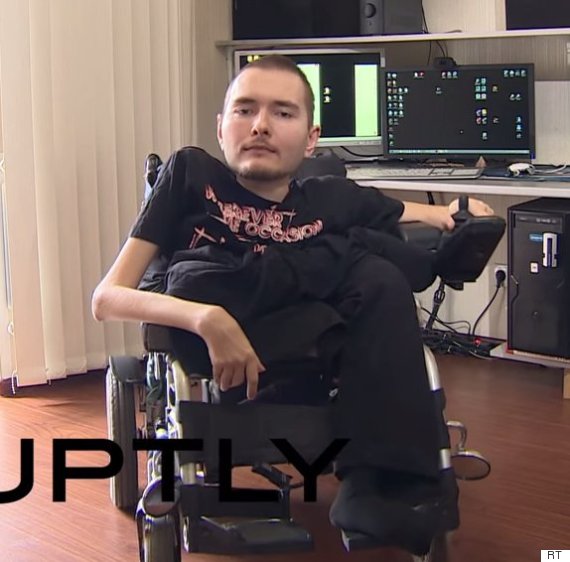Congenital cataracts are a significant cause of blindness in children. Congenital cataracts are the clouding of lens, which usually occurs at birth or shortly later; they do not allow any light to the retina or visual information to the brain, which results in a visual impairment. The function of the retina is to convert light energy into signals that are carried to the brain and processed as visual information in the brain.
Humans are born with cells in their eyes called lens epithelial stem cells (LEC); the function of these LECs are to create replacement lens cells throughout their lifetime. Currently, cataract surgeries remove, in an attempt to remove the cataracts, almost all the LECs too. The problem, with these current surgeries, is that the LECs regenerate in a way that doesn’t heal or reconstruct the actual lens properly.
A new study addresses these issues exactly. Researchers from the University of California, San Diego School of Medicine, and Shiley Eye Institute, with colleagues in China, have discovered a new surgical technique that retains the shape of the lens, with a therapy that stimulates the LECs to grow. The first part of the surgery has the same method of removing congenital cataracts, however it is the latter part that makes the difference. The second part is a therapy that permits the remaining stem cells to regrow into functional lenses.
This video by wochit News on youtube.com describes the new study and the use of the new surgery technique in the future.
https://www.youtube.com/watch?v=JeHIlKEs8_s
This technique was tried on animals first, followed by a small human trial that involved 12 infants under the age of 2. There was a control group of 25 infants (also under the age of 2) that received the original cataract surgery (the one without the therapy). At the end of the study, the infants of the control group had higher inflammation, more hypertension and increased lens clouding relative to the treatment group.
This proves that this new is a safer and more effective cataract surgery technique that is showing positive results and will potentially be the future of cataract surgery. The patients, particularly infants, will have now have healthier lenses forming after having their cataracts removed and will allow them to live a life with healthy eyes and proper vision.
Done by: Karanvir Gill




